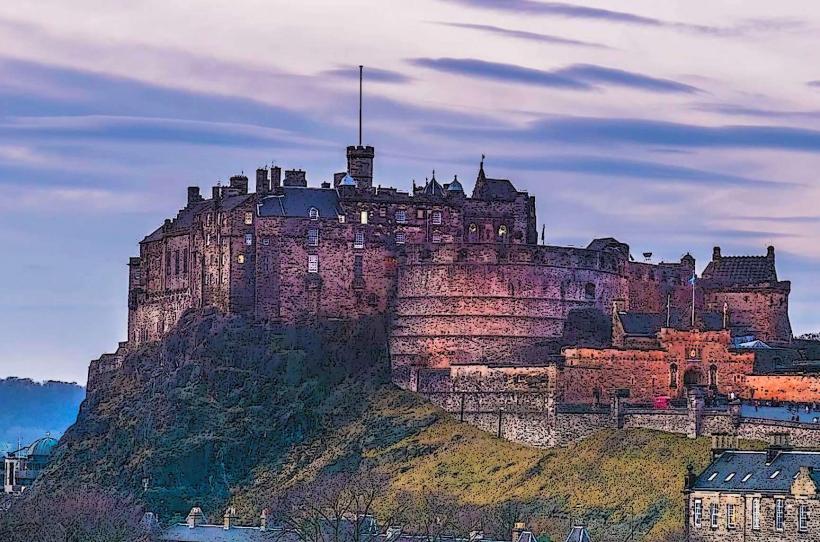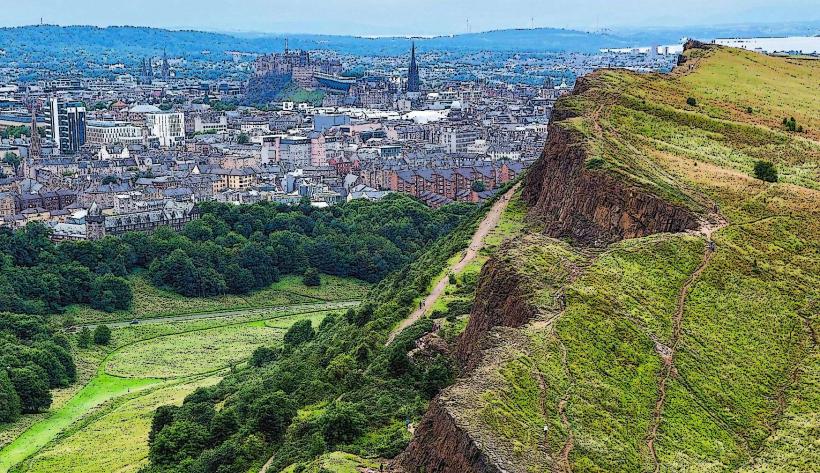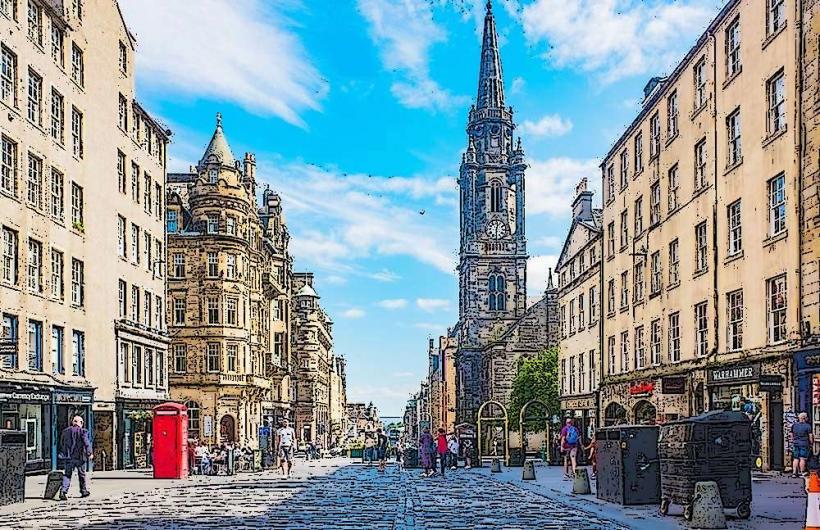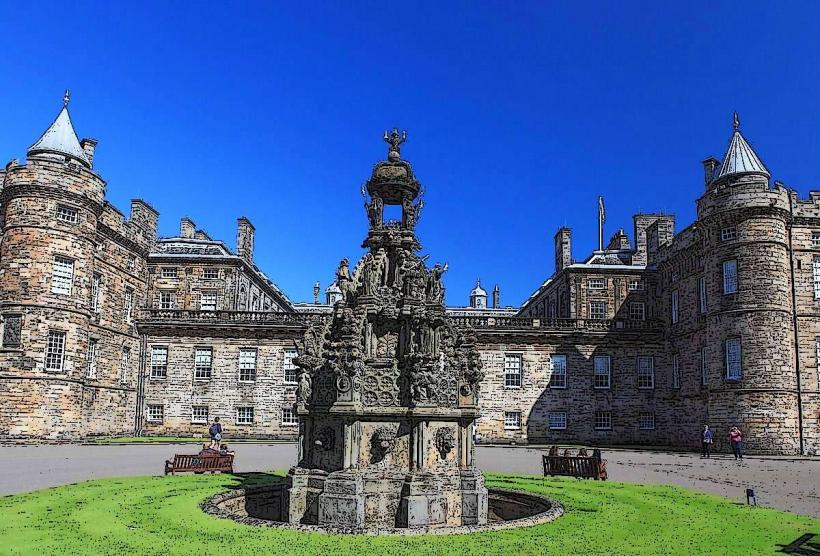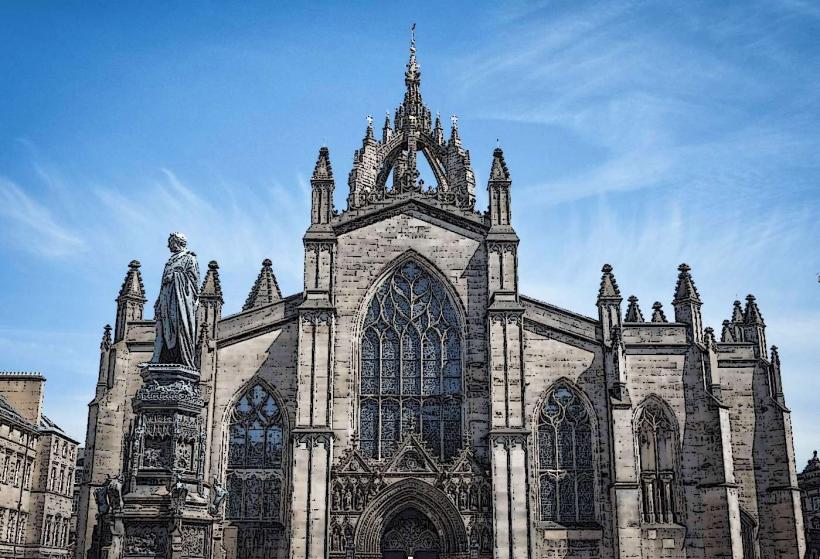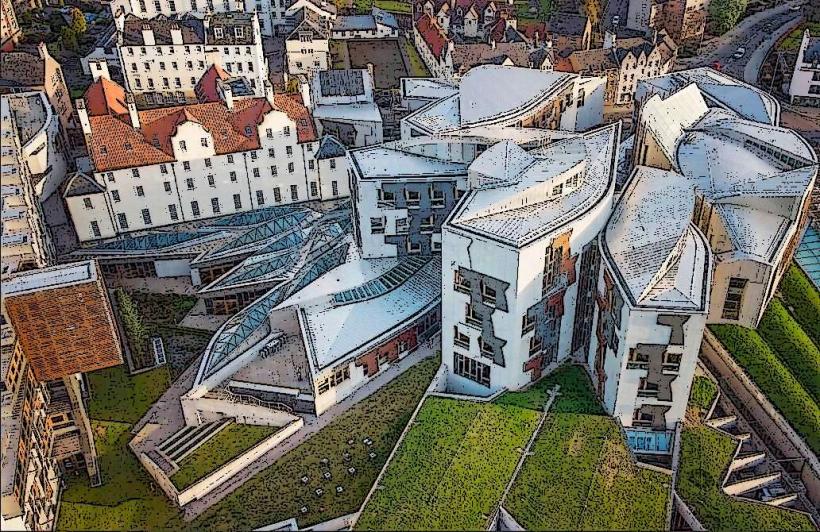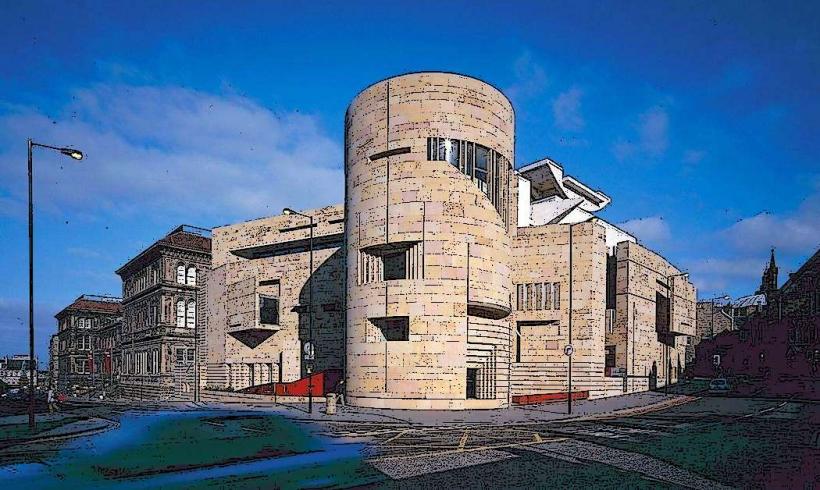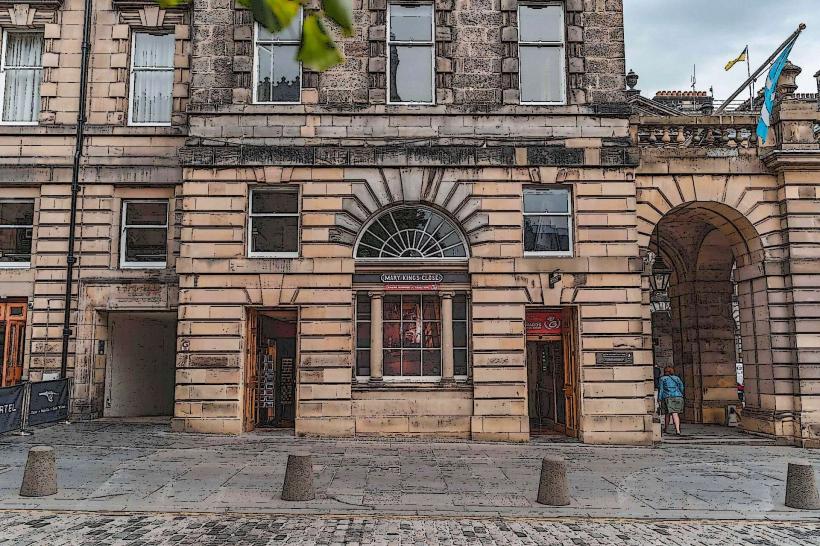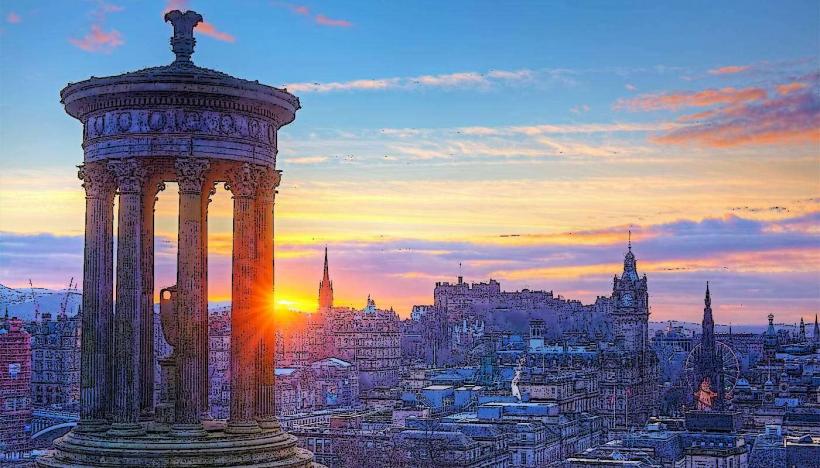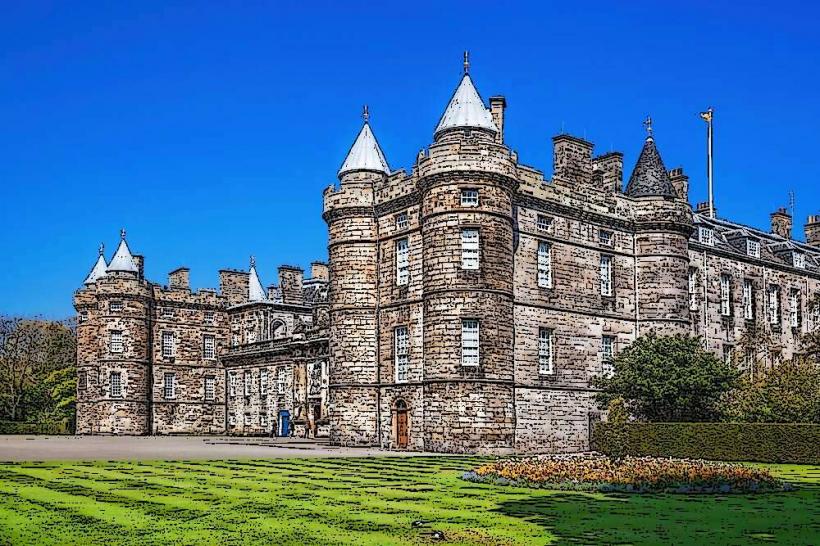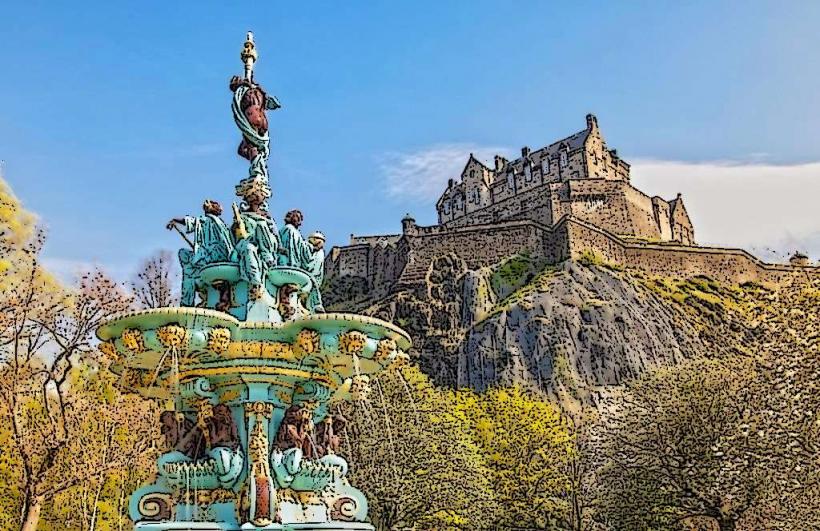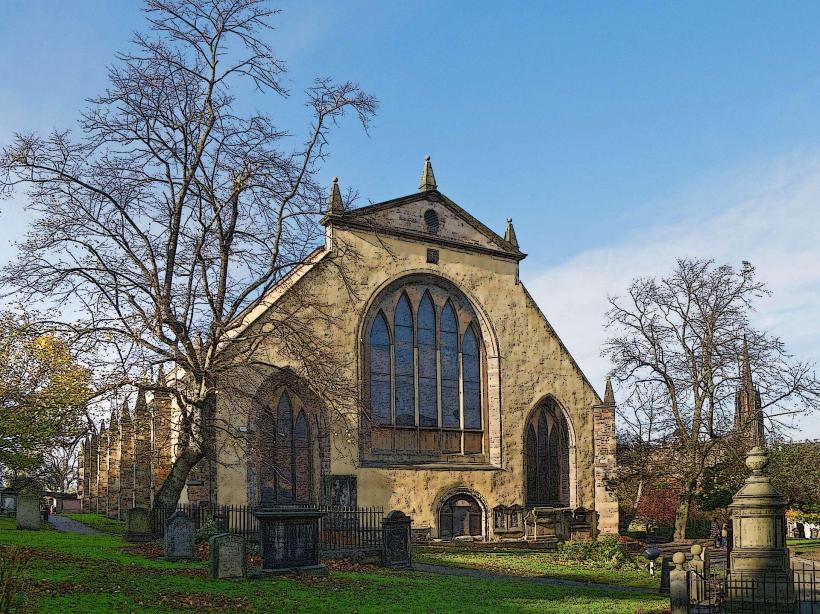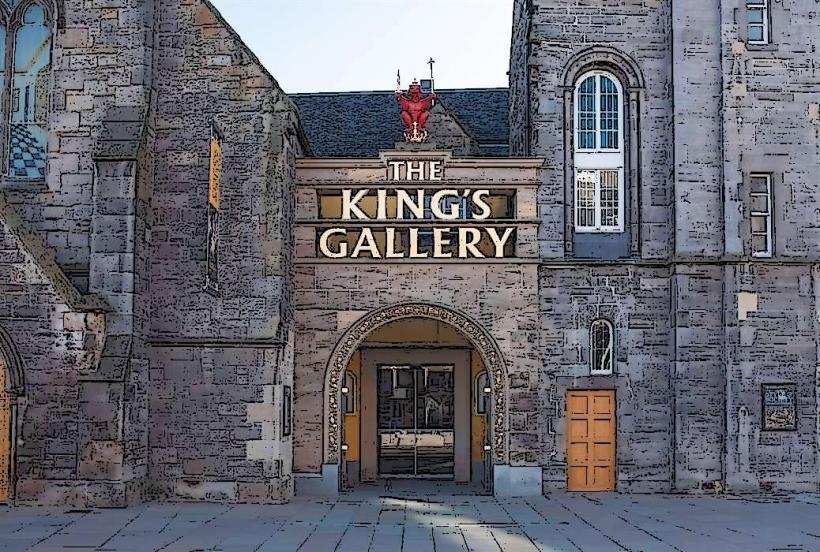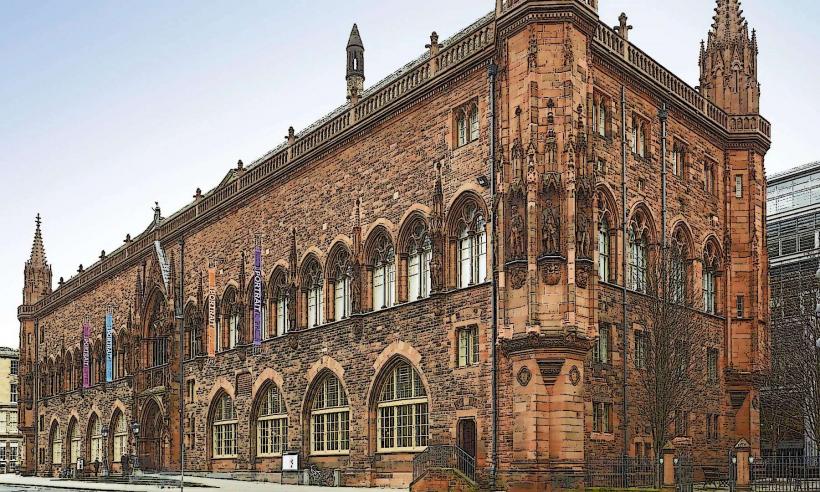Information
Landmark: National Gallery of ScotlandCity: Edinburgh
Country: United Kingdom
Continent: Europe
The National Gallery of Scotland, formally known as the Scottish National Gallery, is one of the most important cultural institutions in Scotland. Located in Edinburgh, the gallery houses a world-class collection of European paintings, sculptures, and decorative arts, and serves as a major hub for art enthusiasts and scholars alike. Here's an in-depth look at the gallery, its history, collections, architecture, and significance.
Origins and History
Foundation and Early History:
- The National Gallery of Scotland was founded in 1850, with the goal of creating a public collection of art that would be accessible to all. The idea for the gallery originated with a desire to provide Edinburgh—and by extension, Scotland—with an institution that would display fine art of national and international importance, mirroring the efforts of other countries in Europe.
- The gallery’s founding was closely linked to the efforts of the Royal Scottish Academy and the vision of the Scottish artist and architect William Henry Playfair, who designed the building that would house the collection. Playfair was a key figure in the architectural development of Edinburgh, and his design for the National Gallery remains one of the city's architectural landmarks.
Location:
- The National Gallery is situated in the Princes Street Gardens, nestled between the iconic Edinburgh Castle and the Royal Scottish Academy. Its location is both central and symbolic, providing a beautiful setting for the artwork inside while also offering stunning views of the surrounding landscape, including the extinct volcano Arthur’s Seat.
Expansion and Development:
Over the years, the National Gallery of Scotland has expanded its collections and facilities. The gallery underwent significant growth in the 20th century with the addition of more galleries and the acquisition of new artworks. In 2004, the Scottish National Gallery of Modern Art opened, significantly increasing the scope of Scotland’s national art holdings and allowing for a greater focus on modern and contemporary works.
The gallery has also benefited from a number of significant bequests and donations from private collectors, making it one of the most prestigious collections in the UK. Notably, the gallery holds many works from the Huntly Bequest and the Art Fund.
Architecture
William Henry Playfair’s Design:
- The original National Gallery building, designed by Playfair, is a classic example of the Greek Revival architectural style, characterized by columns, pediments, and a symmetry that evokes the grandeur of ancient Greek and Roman temples. The structure, completed in 1859, combines elements of classical architecture with modern design features of the mid-19th century.
- The gallery’s facade is made of sandstone, with a large portico supported by six Corinthian columns, and the grand steps leading up to the entrance create a striking visual impact. Inside, the layout is spacious, with high ceilings and ample natural light filtering in through large windows.
The Addition of the East Building:
In 1989, the East Building of the National Gallery was completed, designed by the architect William Reid. This addition provided much-needed extra space for the gallery’s growing collection and allowed for a more modern and flexible exhibition space. The new building includes a larger and more expansive area for special exhibitions, as well as improved facilities for visitors.
The East Building’s architecture contrasts with Playfair’s original design, featuring a more modernist approach with open galleries and minimalistic design elements, but it complements the classic structure with its use of light, space, and clean lines.
Collections
European Paintings and Sculpture:
- The core of the National Gallery of Scotland’s collection consists of European paintings spanning from the Renaissance to the 19th century, with a particular focus on works from the Dutch, Italian, Spanish, French, and Flemish traditions. The gallery is known for its extensive holdings of Italian Renaissance paintings, including works by Titian, Raphael, and Leonardo da Vinci.
- Some of the most significant works in the gallery include The Madonna of the Pinks by Raphael and The Bridgewater Madonna by Titian. The gallery also boasts a strong collection of Dutch Golden Age works, with paintings by Rembrandt, Vermeer, and Hals among its treasures.
- In addition to paintings, the gallery also holds an impressive selection of sculptures, including works by Antonio Canova, Donatello, and Jean-Antoine Houdon.
19th-Century and Modern Art:
The collection of 19th-century art is particularly noteworthy for its holdings of Impressionist and Post-Impressionist works, with paintings by Monet, Van Gogh, and Degas. This area of the collection focuses on artists who revolutionized the use of light and color in painting, transforming the traditional academic styles of the previous centuries.
The 20th-century collection includes works by artists such as Picasso, Matisse, and Dali, reflecting the impact of modernism and abstraction on the art world. The gallery is also home to a significant collection of Scottish art, which is particularly evident in its holdings of works by Scottish artists such as James Whistler, John Duncan Fergusson, and Henry Raeburn.
Scottish National Gallery of Modern Art:
- As mentioned earlier, the National Gallery of Scotland also encompasses the Scottish National Gallery of Modern Art, which houses collections of modern art, including surrealism, abstract expressionism, and contemporary British art. This branch of the gallery includes works by Francis Bacon, Henry Moore, and David Hockney, and is housed in two former neo-classical buildings that were converted into gallery spaces.
The Scottish Art Collection:
- In addition to its international holdings, the National Gallery has a strong collection of Scottish art, with an emphasis on artists from the 18th century to the present. Notable Scottish works include portraits by Allan Ramsay and Henry Raeburn, as well as landscape paintings by John Bellany and Alexander Nasmyth.
Exhibitions and Programs
Temporary Exhibitions:
- The National Gallery of Scotland is renowned for its temporary exhibitions, which draw on both the national collection and artworks loaned from other prestigious museums and galleries worldwide. The exhibitions often focus on a particular artist, movement, or theme, allowing for a deeper exploration of specific aspects of art history. Past exhibitions have included retrospectives of artists like Turner, Van Gogh, and Monet, as well as thematic shows exploring the role of women in art or the history of Scottish landscape painting.
Educational Programs:
- The gallery runs a wide range of educational programs for visitors of all ages, including guided tours, workshops, and lectures. These programs are designed to engage visitors with the artwork on display and to encourage a deeper understanding of the history and techniques behind the pieces. There are also programs aimed at children, families, and schools, designed to make art accessible and enjoyable for young audiences.
Special Events:
- The National Gallery of Scotland hosts a variety of events throughout the year, such as film screenings, artist talks, musical performances, and art history lectures. These events serve to further enrich the cultural offerings of the gallery and create a vibrant community around the institution.
Visitor Experience
Admission and Hours:
- Admission to the National Gallery of Scotland is free for its permanent collections, making it one of the most accessible cultural institutions in Edinburgh. Temporary exhibitions usually require a ticket, and the gallery operates regular opening hours, though it may close for special events or holidays.
Location and Accessibility:
- The gallery is located in central Edinburgh, making it easily accessible to both locals and tourists. It is within walking distance of many of the city’s other major attractions, including the Royal Mile, Edinburgh Castle, and Princes Street Gardens. The gallery is fully accessible to people with disabilities, with ramps, lifts, and audio guides available for visitors with mobility challenges.
Café and Gift Shop:
- The National Gallery of Scotland has a café where visitors can relax and enjoy a range of refreshments. The gallery also has a gift shop offering a wide range of art-related books, prints, gifts, and souvenirs.
Conclusion
The National Gallery of Scotland is an essential destination for anyone interested in European and Scottish art, offering a rich and diverse collection that spans several centuries and art movements. Whether you're exploring the Renaissance masterpieces, enjoying the Impressionist works, or delving into modern Scottish art, the gallery provides an enriching and inspiring experience. Its combination of historical depth, world-class art, and educational programs makes it one of the premier art institutions in the UK, drawing visitors from around the world to Edinburgh to experience its treasures.

